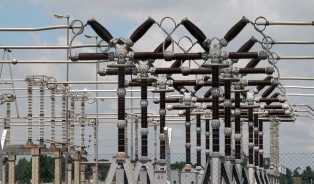
Data available from the Nigeria System Operator (NSO) shows that peak generation in December 2016 was highest when it hit 4,173mw; it hurriedly dipped to 3,417mw same day. In what appears to be a fresh start in 2017, the system has sustained the threshold within the last three days with the highest being at 4,208mw attained on January 1. The peak generation Monday was 4160mw with 91,384 megawatts hour (mwh) wheeled by the Transmission Company of Nigeria (TCN) to the 11 Distribution companies for supply to the over six million registered customers. Generation was at 4,124mw on Tuesday and remained at 4,009mw yesterday, Wednesday. This is the second highest power supplied in 2017 after TCN wheeled 93,520mwh on New Year’s day when the grid had the highest peak generation in the year. Supplementary weekly operation statistics from the Nigerian Electricity Regulatory Commission (NERC) shows that the number of units of turbines in operations rose steeply early December from 30 to nearly 50 units indicating more gas supply to the Generation Companies (Gencos) in the month. Meanwhile, customers under Abuja Electricity Distribution Company (AEDC) have lauded the electricity supply situation during the yuletide saying there was ‘significant improvement’. Some customers who spoke at the Life Camp area of Abuja said they were having over 18 hours supply for more than two weeks. “The power supply situation has been quite encouraging in Life Camp District till now. We hope it will continue,” said Luka Thompson, a residential customer. At Mararaba in Nasarawa State, near Abuja customers said the rotation (load-shedding) typical of AEDC in area seemed suspended before the Christmas holiday. They said there has been at least 10 hour power supply daily since Christmas eve. Malam Shomade Ibrahim, a commercial electricity user in the Aso area said: “Electricity supply has been relatively constant across Mararaba.” Posted on 05/01/17








Post a comment